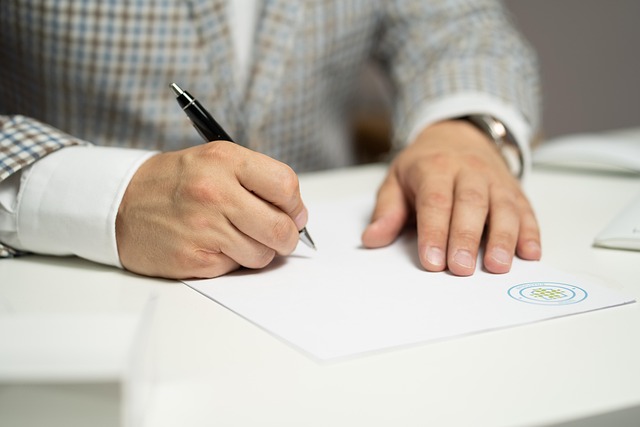Throughout history, the world of Fine Arts has been intricately woven with the threads of culture, reflecting societies, emotions, and aspirations. One fascinating avenue through which we can explore this interplay is through the documents in painting. These documents can take many forms: letters, sketches, exhibition catalogs, or even newspaper clippings—the lifeblood of artists and their works. They hold the key not only to understanding individual pieces but also to the larger cultural narratives that shape our understanding of art.
Imagine standing in front of a masterful painting, the brushstrokes whispering secrets of the artist’s intention and inspiration. What if you could uncover the documents that accompanied that artwork? The letters exchanged between artists, critiques published in magazines, or even the societal conditions that influenced a painting’s creation can dramatically shift our perception of it. Such documents provide a rich context, allowing us to delve deeper into the artistic process and the cultural currents at play.
For instance, consider the profound impact of the Renaissance on modern art. The documents from this period, including government commissions and personal correspondences, reveal how art was both a reflection of and a response to the cultural milieu of the time. Artists like Leonardo da Vinci and Michelangelo didn’t merely create in isolation; they were enmeshed in a broader cultural dialogue that shaped their masterpieces. Each brushstroke encapsulated an era’s philosophy, values, and aspirations, preserved in the documents they left behind.
Similarly, the Impressionist movement presents another compelling case. The exhibitions and critiques documented from that period illustrate the radical shift in perception about color and light. These documents can transport us back to a time when artists like Monet and Degas were rebelling against traditional norms, thus fostering a new cultural ethos. By examining these fragments of history, we appreciate not just the art but the revolutionary spirit that propelled it forward.
Furthermore, as we explore different cultures around the globe, art becomes a vessel for stories waiting to be told. The documents associated with indigenous art forms might include oral histories or written accounts that contextualize the significance of specific motifs and techniques. Each painting serves as a portal into the beliefs and values of a community, echoing the voices of generations past. By engaging with these documents, we enable ourselves to experience a deeper connection with the culture from which the art originates.
In today’s digital age, the access to such historical documents has never been easier. Online databases, digitized archives, and virtual exhibitions invite us to embark on a journey of discovery, linking countless artists and their works to the social and cultural landscapes that influenced them. The beauty of painting lies not only in its visual allure but also in the rich tapestry of documents we can explore to uncover the narratives behind each stroke of paint.
As we tap into this wealth of information, we begin to understand that every painting encapsulates the essence of its time, steeped in the values, challenges, and triumphs of the culture it represents. Engaging with these documents is an invitation to witness the evolution of ideas and aesthetics through the lens of art. By bringing to light the connections between painting, culture, and the multifaceted realm of documents, we uncover not only the narratives crafted by artists but also the profound human experiences that continue to resonate across time and borders.




